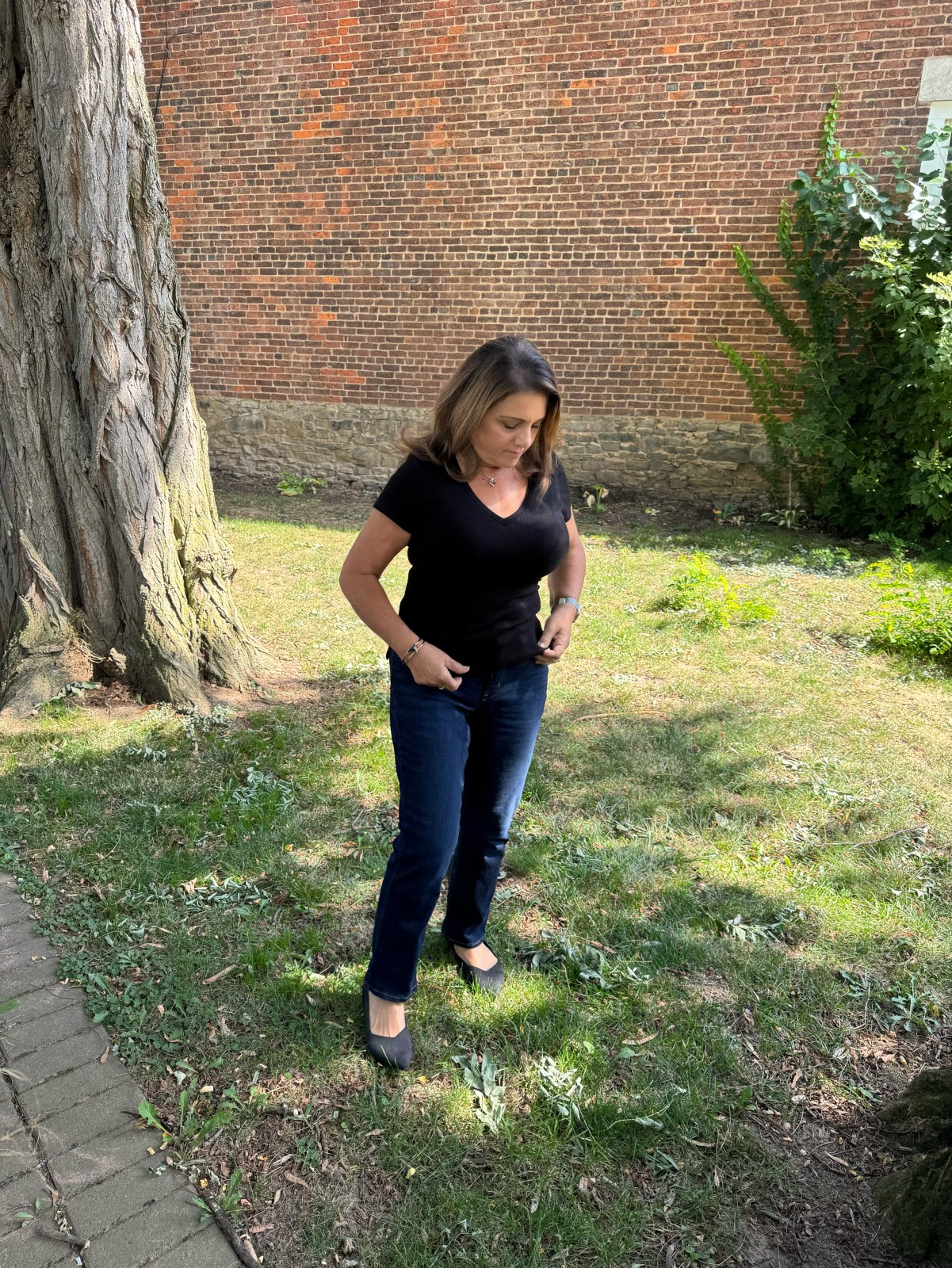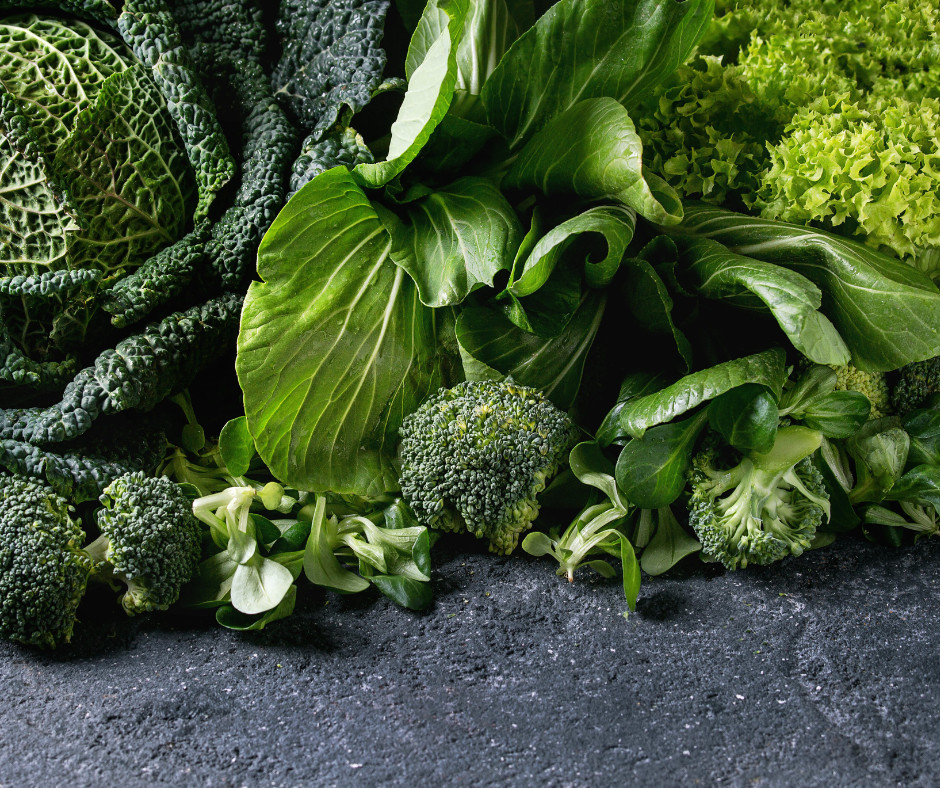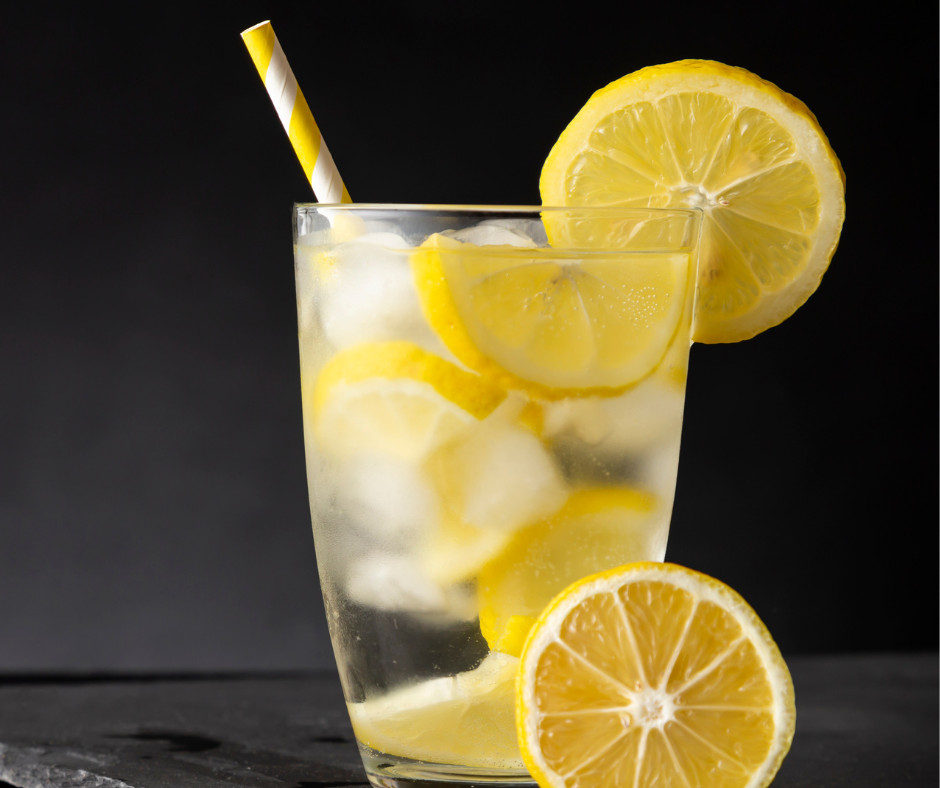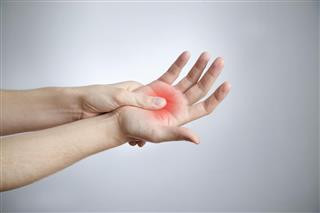
Have you ever felt a burning sensation in your hands when you’re trying to sleep? While this can happen to both men and women, studies show that women are more likely to experience this discomfort. The sensation can feel like a warm or hot sensation, or an itching feeling. It can cause discomfort to the point where you can’t sleep well. But why does this happen? Here are some possible reasons why your hands feel like they’re burning at night.
Inflammatory diseases like Arthritis and Rheumatoid arthritis can lead to a sensation of burning hands.
Carpal Tunnel Syndrome
Carpal tunnel syndrome is one of the most common causes of burning hands at night. It happens when there is pressure on the median nerve, which runs along the forearm to the hand. The burning sensation can begin in the wrist and move up to the hand and fingers. Symptoms can be worse at night when you’re lying down. If the pain is unbearable, there are treatments available, such as wearing a brace at night, medication, or surgery.
Menopause
Menopause can cause hot flashes, which is a sudden onset of heat that spreads across your body, including your hands. This can cause a burning sensation that can disturb your sleep. If you’re going through menopause, it’s essential to talk to your doctor about the symptoms you’re experiencing to find out the best treatments and remedies.
Diabetic Neuropathy
Diabetic neuropathy is a type of nerve damage that affects people with diabetes. It happens when the nerve fibers become damaged or injured, and it can cause a burning or tingling sensation in your hands and feet. Neuropathy can worsen at night because of reduced blood flow to the area. If you have diabetes and are experiencing symptoms of neuropathy, talk to your doctor about possible interventions.
Raynaud's Disease
Raynaud's disease is a disorder that affects blood circulation, mainly in the fingers and toes. It can cause the fingers to become numb or cold, and they can start to burn or tingle when the blood flow returns. The pain can be worse at night, making it difficult to sleep. There are treatments available, such as medications and lifestyle changes, that can help manage Raynaud's disease.
Anxiety
Anxiety can cause a range of physical symptoms, including a burning sensation in the extremities. The sensation can be mild or severe and can interfere with your sleep. The cause of anxiety-related burning is due to the activation of the body's stress response, leading to an increased flow of blood to the hands, which can result in their "hot" feeling. If you're experiencing anxiety-related burning, there are techniques you can try to manage your symptoms, including deep breathing exercises, mindfulness practices, and talking to a mental health professional.
If you're experiencing a burning sensation in your hands at night, it's essential to find out the underlying cause to manage the symptoms effectively. Making lifestyle changes, such as eating a healthy diet and being more active, can help manage some causes of burning hands. On the other hand, surgery and medication may be required for more severe cases. So, seek medical advice for an accurate diagnosis and treatment. Remember, adequate sleep is crucial for your overall health and mental well-being.
Here is the link to what I use to manage my inflammation.
Get my free guide "3 ways to reduce inflammation" ! (Includes free Pain Relieving Rollerball Recipe)
Ask me about the 11 day jumpstart to reduce pain and inflammation
Disclaimer: The information in this article is for educational purposes only and should not be considered medical advice. Please consult with a healthcare professional before making any changes to your diet or lifestyle.
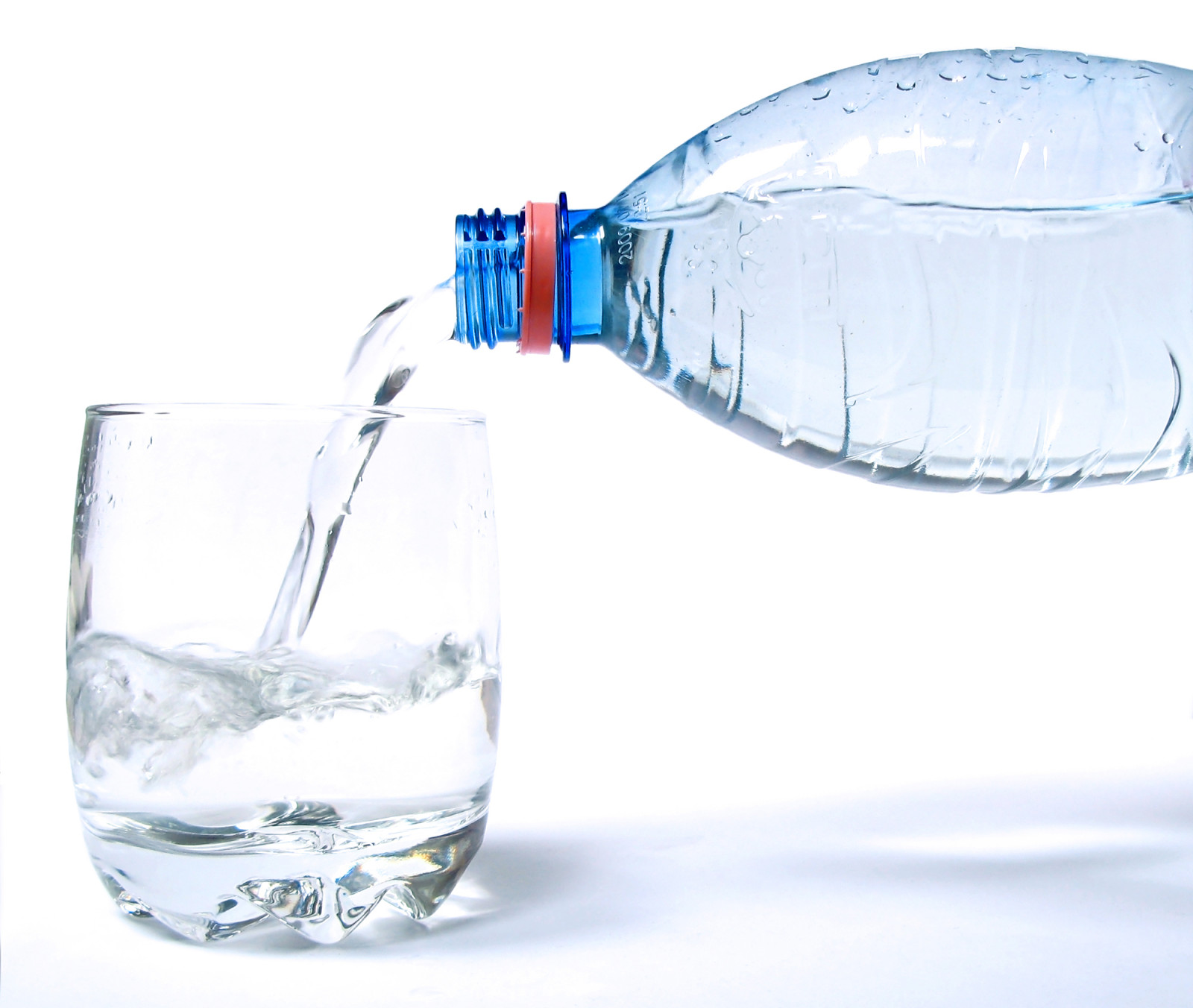
Arthritis is a debilitating disease that affects millions of women across the world. It is a chronic condition that causes inflammation, stiffness, and pain in joints, making everyday activities difficult. While there are many treatments available, some people turn to natural remedies to alleviate their symptoms, with one of the most common being drinking water. In this blog post, we explore whether or not drinking water can help relieve arthritis symptoms.
Hydrates the Joints
Drinking enough water can help lubricate and cushion your joints. Your body is made up of roughly 60% water, which means that every aspect of your bodily functions relies on a good water supply. When you’re dehydrated, your body doesn't have enough fluid to cushion and lubricate the joints, leading to pain and inflammation. You can help improve joint health by staying hydrated, which can help combat inflammation and reduce the risk of arthritic flare-ups.
Flushes Toxins
Drinking water can help flush toxins out of the body, reducing the risk of inflammation and joint pain. When you’re dehydrated, your body is not able to flush out toxins efficiently, leading to a buildup of toxins in the joints, which can cause inflammation and pain. By drinking water, you can help flush out toxins, reducing the risk of inflammation and joint pain.
Reduces Inflammation
Inflammation is one of the characteristic features of arthritis, leading to pain and stiffness in joints. When you are hydrated, your body is better equipped to flush out inflammatory toxins, preventing them from building up in the joints. Drinking water can help reduce inflammation, which can help alleviate arthritis symptoms.
Improves Overall Health
Overall, drinking water is essential for your overall health, and not just for alleviating the symptoms of arthritis. Drinking enough water can help keep your immune system functioning correctly, which can help reduce the risk of infections and other health problems. In addition, staying hydrated can help prevent dehydration, which can lead to headaches, fatigue, and other symptoms that can make arthritis symptoms worse.
Here is the link to what I use to manage my inflammation.
Get my free guide "3 ways to reduce inflammation" ! (Includes free Pain Relieving Rollerball Recipe)
Ask me about the 11 day jumpstart to reduce pain and inflammation
Disclaimer: The information in this article is for educational purposes only and should not be considered medical advice. Please consult with a healthcare professional before making any changes to your diet or lifestyle.
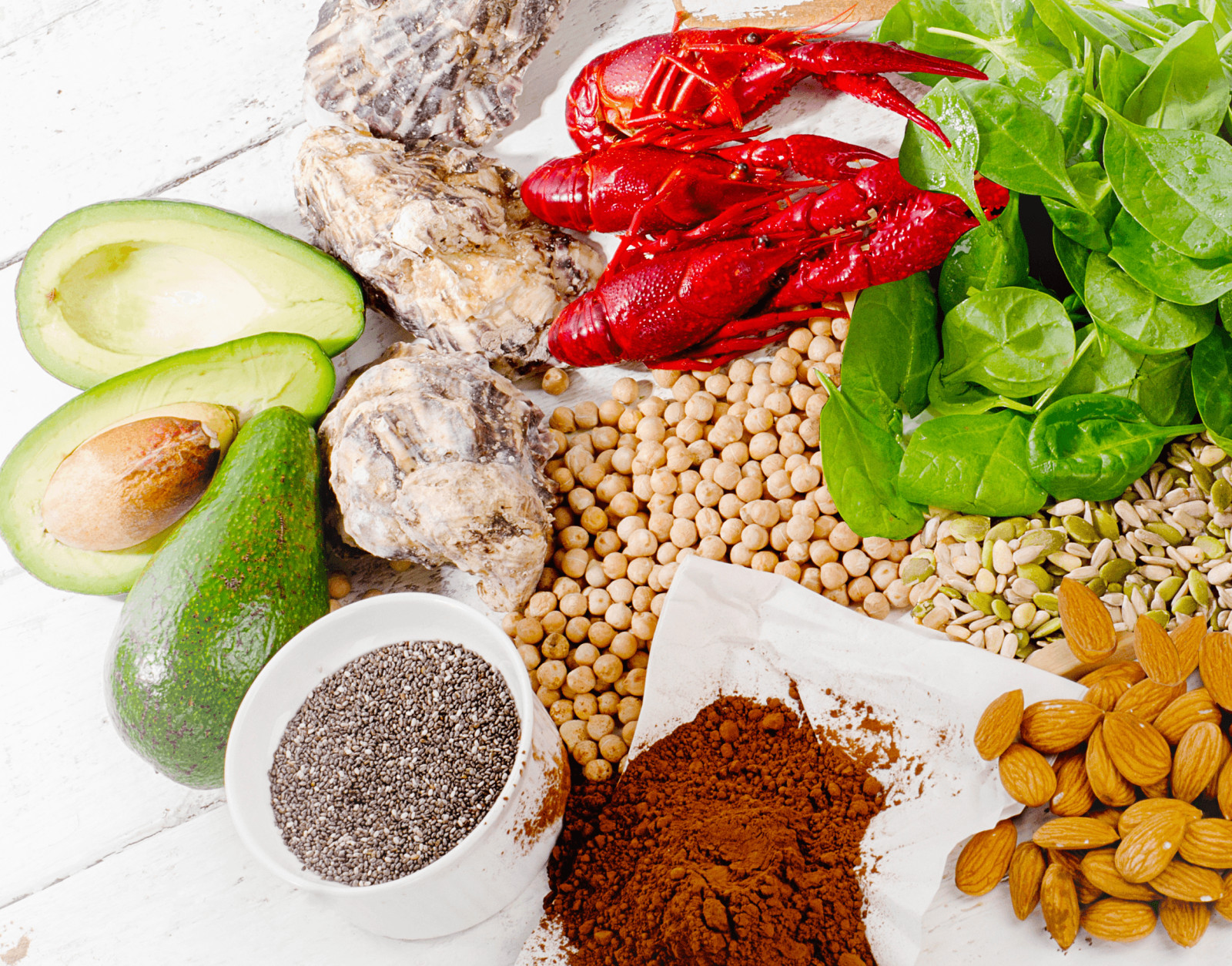
What Women Need to Know About Zinc as an Anti-Inflammatory
Women are always on the lookout for ways to stay healthy and maintain their wellbeing. And when it comes to fighting inflammation, we often look for supplements and natural remedies. One such supplement that has gained popularity these days is zinc. While the mineral has been long known to support healthy skin, hair, and immune function, its anti-inflammatory property is more recent. In this blog post, we'll delve deep into the idea of whether zinc is an anti-inflammatory or not, and what women need to know about this mineral.
What is inflammation, and why is it a concern for women?
Inflammation is the body’s natural response to injuries, infections, and other harmful stimuli. When triggered, inflammation involves a series of chemical reactions that help fight off the threat and repair the damaged tissues. However, if the inflammation becomes chronic, our immune system starts attacking healthy cells, leading to various health issues. Chronic inflammation has been linked to heart diseases, cancer, autoimmune disorders, and even depression. And women are more prone to inflammation due to hormonal changes, pregnancy, and menopause.
How does zinc work as an anti-inflammatory?
Studies have shown that zinc has a vital role in regulating the immune system and reducing inflammation. Zinc acts as a co-factor in enzymes that modulate cytokines, which are signaling molecules that regulate inflammation. Zinc also affects other immune cells involved in the inflammatory response, such as macrophages, neutrophils, and T cells. Zinc’s ability to suppress the production of pro-inflammatory cytokines and enhance the production of anti-inflammatory cytokines makes it a potent anti-inflammatory agent.
What are the sources of zinc and how much should women consume?
Zinc is found in various food sources, such as meat, poultry, fish, beans, whole grains, and nuts. However, the bioavailability of zinc varies with the type of food, the processing method, and individual nutrient requirements. Women need about 8-10 mg of zinc per day, depending on their age, health, and pregnancy status. It's essential to meet the zinc requirements through a balanced diet, but supplements may be needed in certain cases such as pregnancy, lactation, or malabsorption issues.
What are the other health benefits of zinc for women?
Apart from its anti-inflammatory property, zinc has numerous benefits for women's health. Zinc plays a crucial role in maintaining healthy skin, hair, and nails. It supports reproductive health, as it's involved in the processes of ovulation, fertilization, and fetal development. Zinc also helps maintain cognitive function and mood stability, reducing the risk of anxiety and depression. Zinc supplementation has also been found to improve insulin sensitivity and prevent diabetes.
What are the precautions and potential side effects of zinc supplementation?
While zinc is generally considered safe and well-tolerated, excessive intake may lead to adverse effects such as nausea, vomiting, diarrhea, and abdominal pain. Zinc supplements may also interfere with the absorption of other minerals such as copper, iron, and calcium. Therefore, it is essential to consult a healthcare provider before starting zinc supplementation, especially if you have chronic health conditions, allergies, or taking medications.
In summary, zinc is a necessary mineral that supports various aspects of women's health, including immune function, inflammation regulation, skin, hair, and nails health, reproductive health, and brain function. As an anti-inflammatory agent, zinc has shown promising results in reducing chronic inflammation, which is a growing health concern among women. However, it's essential to obtain zinc through a balanced diet to ensure optimal bioavailability and prevent potential side effects of supplementation. As always, it is advisable to seek the advice of a healthcare practitioner before taking any supplements.
Here is the link to what I use to manage my inflammation.
Get my free guide "3 ways to reduce inflammation" !
Ask me about the 11 day jumpstart to reduce pain and inflammation
Disclaimer: The information in this article is for educational purposes only and should not be considered medical advice. Please consult with a healthcare professional before making any changes to your diet or lifestyle.

5 Early Signs of Arthritis in Your Hands Every Woman Should Know
As women, we always take our hands for granted. We use our hands to work, cook, clean, and even express our love. In fact, we use our hands for almost everything we do, and we rarely think about the health of our hands until it's too late. Arthritis is a common condition that affects millions of people worldwide, and it can lead to pain, stiffness, and disability in the hands. In this blog post, we will discuss the 5 early signs of arthritis in your hands every woman should know. So, let's get started!
Pain and Stiffness: One of the earliest signs of arthritis in your hands is pain and stiffness. You may feel pain and tenderness in one or more joints of your hands or fingers, and it may be worse in the morning or after inactivity. You may also find that your joints are stiff and difficult to move, and you may experience a loss of range of motion.
Swelling and Redness: Arthritis can cause the joints in your hands to swell and become red, especially around the affected joints. This can be particularly noticeable in the mornings or after prolonged periods of inactivity. You may also find that your hands feel warm to the touch and you may experience a tingling or numbness in your fingers.
Bumps and Nodes: Another sign of arthritis in your hands is the development of bumps and nodes on your fingers and hands. These lumps are usually painless, but they can be unsightly and affect your hand function. They are caused by the buildup of calcium deposits in the joints and tendons.
Weakness and Fatigue: If you are experiencing weakness and fatigue in your hands, it may be a sign of early arthritis. This can be particularly noticeable when performing tasks that require grip strength, such as opening jars or carrying heavy objects. You may find that your hands tire easily or that you drop objects more frequently than usual.
Crepitus: Crepitus is a cracking or popping sound that occurs when you move your hands or fingers. It is caused by the bones rubbing against each other due to a loss of joint cartilage. Crepitus is a common symptom of arthritis and can be particularly noticeable when performing activities such as typing or playing a musical instrument.
In conclusion, knowing the early signs of arthritis in your hands can go a long way in helping you manage the condition and prevent it from getting worse. If you are experiencing any of the symptoms mentioned above, it is important that you seek medical attention to get an accurate diagnosis and treatment. Remember, early detection and treatment can help you maintain your hand function and enjoy a good quality of life. So, take care of your hands, ladies, and they will take care of you!
Here is the link to what I use to manage my inflammation.
Get my free guide "3 ways to reduce inflammation" !
Ask me about the 11 day jumpstart to reduce pain and inflammation
Disclaimer: The information in this article is for educational purposes only and should not be considered medical advice. Please consult with a healthcare professional before making any changes to your diet or lifestyle.
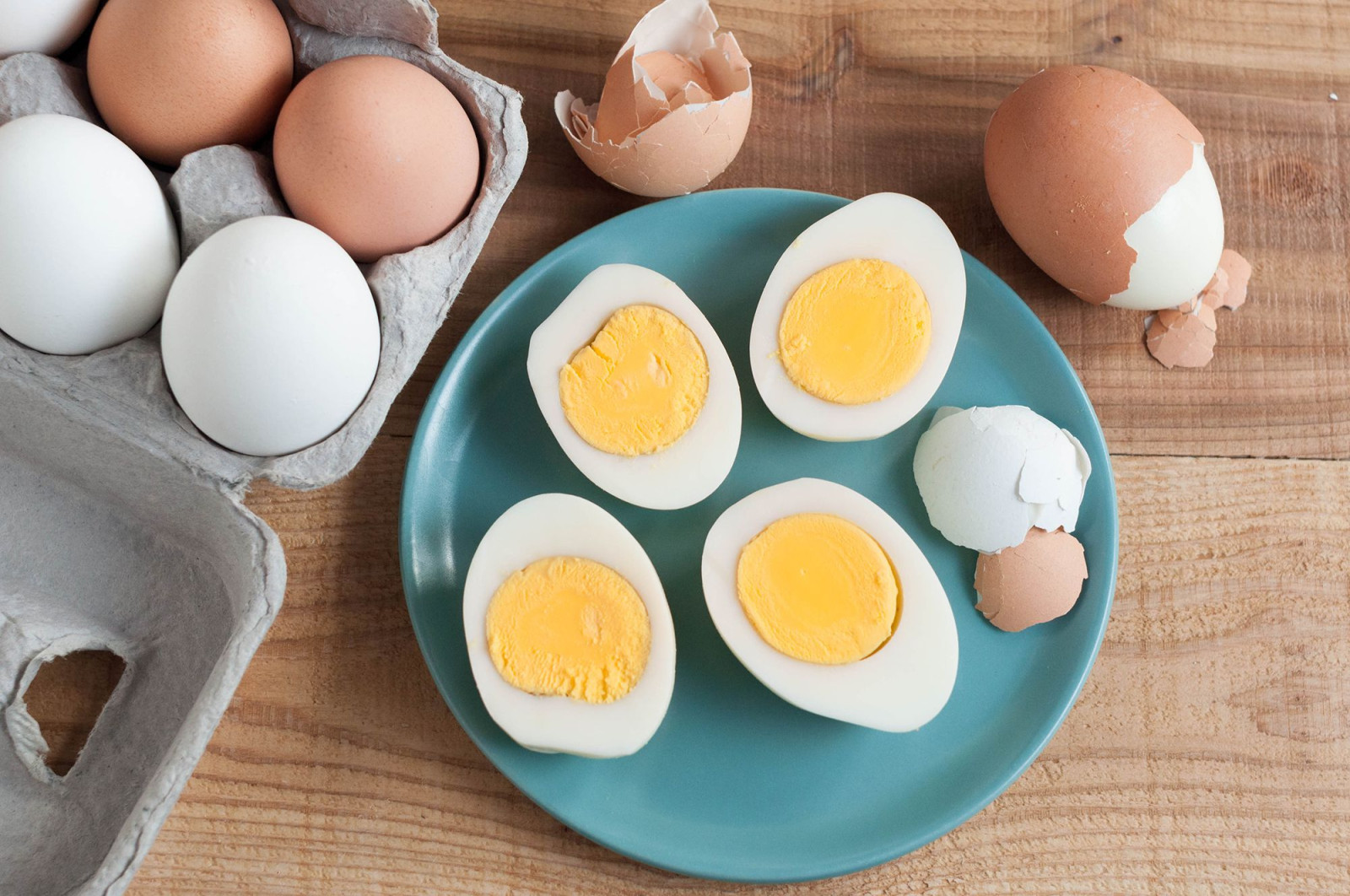
The Nourishing Power of Eggs for Arthritis Pain Relief
Are you someone who suffers from arthritis? The pain and discomfort that accompanies arthritis can be life-altering. While arthritis treatment and medication are essential, a healthy diet can make a significant difference in arthritis pain relief. In this blog post, we will discuss the nourishing benefits of eggs for arthritis and how they help in reducing pain and inflammation.
Eggs are one of the most nutritious foods on the planet, packed with vitamins, minerals, and essential amino acids that our body requires. They are not only beneficial for overall health but can also help in reducing inflammation, one of the root causes of arthritis pain. Eggs contain choline, which acts as an anti-inflammatory in the body, thereby reducing inflammation and stiffness in the joints.
Eggs are also rich in vitamin D, which is essential for healthy bones and muscles. Vitamin D promotes the absorption of calcium, essential for bone growth and development, and is crucial for preventing osteoporosis, a condition that can exacerbate arthritis pain. Besides, vitamin D deficiency has been linked to increased inflammation, fatigue, and chronic pain, making eggs an ideal choice for arthritis patients.
Eggs are high in protein, and protein is essential for building and repairing muscles, bones, and other tissues in the body. A diet that is high in protein can help in reducing the risk of muscle loss, a common condition for arthritis patients. Eggs are also low in calories and can help in maintaining a healthy weight, which is essential in reducing the burden on the joints.
Eggs are a rich source of antioxidants, such as lutein and zeaxanthin. These antioxidants help in reducing oxidative stress and damage to the joints, reducing inflammation and pain. Besides, eggs are rich in omega-3 fatty acids, which have powerful anti-inflammatory properties, thereby preventing the progression and severity of arthritis.
Eating a healthy and nutritious diet is essential for arthritis pain relief. Eggs are a powerhouse of essential nutrients that can help in reducing inflammation, boosting muscle strength, and promoting overall health. Incorporating eggs into your diet can alleviate arthritis pain, reduce inflammation, and help in maintaining a healthy weight. So, whether you like them boiled, scrambled, or poached, make sure to include eggs into your diet for a healthier and pain-free life.
Here is the link to what I use to manage my inflammation.
Get my free guide "3 ways to reduce inflammation" !
Ask me about the 11 day jumpstart to reduce pain and inflammation
Disclaimer: The information in this article is for educational purposes only and should not be considered medical advice. Please consult with a healthcare professional before making any changes to your diet or lifestyle.



